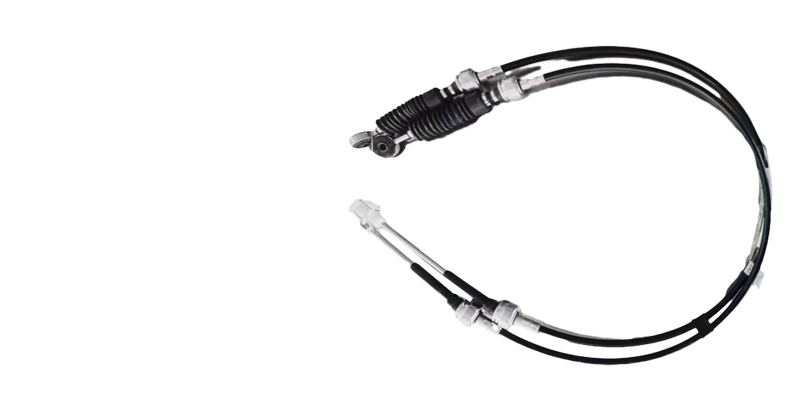Understanding Hand Brake Cable Functionality and Maintenance Tips for Your Vehicle
Understanding Hand Brake Cables Function, Maintenance, and Replacement
Hand brakes, also known as parking brakes or emergency brakes, are essential components of a vehicle's braking system. They provide an additional layer of safety by preventing the vehicle from rolling when parked. One critical component of this system is the hand brake cable. Understanding the role of the hand brake cable, along with its maintenance and replacement, is vital for vehicle owners to ensure safety and functionality.
The Role of Hand Brake Cables
Hand brake cables are steel cables that connect the hand brake lever, usually located between the front seats, to the brake mechanism at the rear wheels. When the driver pulls the hand brake lever, the cable pulls on the brake shoes or calipers, effectively clamping down on the brake discs or drums. This action secures the vehicle in place, especially on an incline or decline.
The hand brake is operated manually, which distinguishes it from the primary braking system activated through the brake pedal. While the primary brakes are designed for immediate stopping, the hand brake is primarily for securing the vehicle when parked. However, in emergency situations, the hand brake can also be used to slow down or stop the vehicle, although this is not its intended purpose.
Importance of Maintenance
Regular maintenance of the hand brake and its components, including the hand brake cable, is crucial for optimal performance. Over time, cables may stretch, rust, or become frayed due to environmental conditions and wear and tear. Here are a few maintenance tips for vehicle owners
1. Regular Inspection Periodically check the hand brake cable for signs of wear, such as fraying or rusting. Make sure the cable is securely fastened and free of obstructions that could impede its function.
2. Adjustments Hand brake cables often require adjustment over time. If you notice that the hand brake lever feels loose or requires more effort to engage, it may be time for an adjustment. Typically, this involves tightening the cable to restore proper tension.
hand brake cable

3. Lubrication Keeping the cable lubricated helps prevent corrosion and ensures smooth operation. Use a suitable lubricant to maintain the flexibility and functionality of the cable.
4. Regular Testing It's good practice to engage the hand brake and check if it holds the vehicle securely. If the vehicle rolls slightly when the hand brake is engaged, it indicates that the cable may need adjustment or replacement.
When to Replace Hand Brake Cables
Replacement of hand brake cables becomes necessary when they show significant signs of wear or fail to function properly. Common indicators that a replacement is needed include
- Increased resistance when pulling the hand brake lever - Inability of the hand brake to hold the vehicle in place - Visible damage, such as fraying or broken strands in the cable
Replacing the hand brake cable is often a straightforward process, though it can vary based on vehicle make and model. Many car owners opt to have a professional perform the replacement to ensure it is done correctly. However, for those with mechanical knowledge, it can be a DIY project with the right tools and instructions.
Conclusion
Hand brake cables play a crucial role in ensuring the safety and reliability of a vehicle. Understanding their function, maintaining them regularly, and replacing them when necessary can prevent potential accidents and enhance the overall performance of the parking brake system. By staying proactive about hand brake maintenance, vehicle owners can ensure their safety and the safety of others on the road.
-
Upgrade Your Control with Premium Throttle CablesNewsAug.08,2025
-
Stay in Control with Premium Hand Brake CablesNewsAug.08,2025
-
Experience Unmatched Performance with Our Clutch HosesNewsAug.08,2025
-
Ensure Safety and Reliability with Premium Handbrake CablesNewsAug.08,2025
-
Enhance Your Vehicle with High-Performance Clutch LinesNewsAug.08,2025
-
Elevate Your Ride with Premium Gear CablesNewsAug.08,2025
